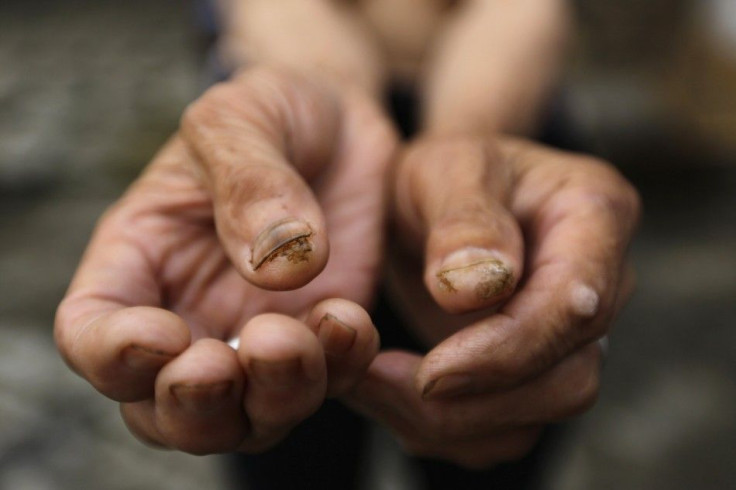Link Between Marks On The Skin And Skin Cancer Confirmed

A new study by the University of Melbourne, University of Oxford and the Epworth Healthcare has found that the risk of melanoma can be quadrupled in the case of moles being present on the skin.
Daily Mail reported that skin cancer kills about 2,000 Australians every year, but checking your skin and being aware of changes in the body can be enough prevention.
Ann Scognomilla, a 56-year-old mother, one of the 11,000 Australians diagnosed with skin cancer each year, told her story. She said that in the 1980's, she was misdiagnosed with psoriasis by her general physician but her condition worsened with her skin forming 16 dry patches on her body.
After 20 years of erroneous treatment, she took a second opinion from the director at Sinclair Dermatology, Professor Rodney Sinclair, who told her that she was suffering from an early form of skin cancer called Bowen's disease. The disease results in slow-growing, red skin patches.
Four years ago, she was the fourth of her six siblings to be diagnosed with melanoma. She said that she had felt a lump on her fore-arm which had started off as a brown spot. The spot separated a few months later so she went to Professor Rodney who then took a biopsy.
A few days later, Professor Rodney called her back to the clinic to remove her melanoma. She felt okay because she had the markings on her skin for four months, making her diagnosis come in early.
Ann always was careful about her skin and made sure she was aware of the risks of cancer of well. This awareness of hers saved not only her life but her daughter's as well. She had noticed a mark on her daughter's arm which was then confirmed to be melanoma.
Professor Sinclair, who is a world leader in skin cancer treatment and diagnosis, the results of the study came as a shock because patients who had moles had 4.6 times more chance to develop skin cancer, which initially was considered only doubling the chance in the case of unusual moles being present.
Professor Sinclair told Daily Mail that patients who have self-identified that they have moles and had been assessed were the ones who had to be mindful and go in for regular examinations.




















